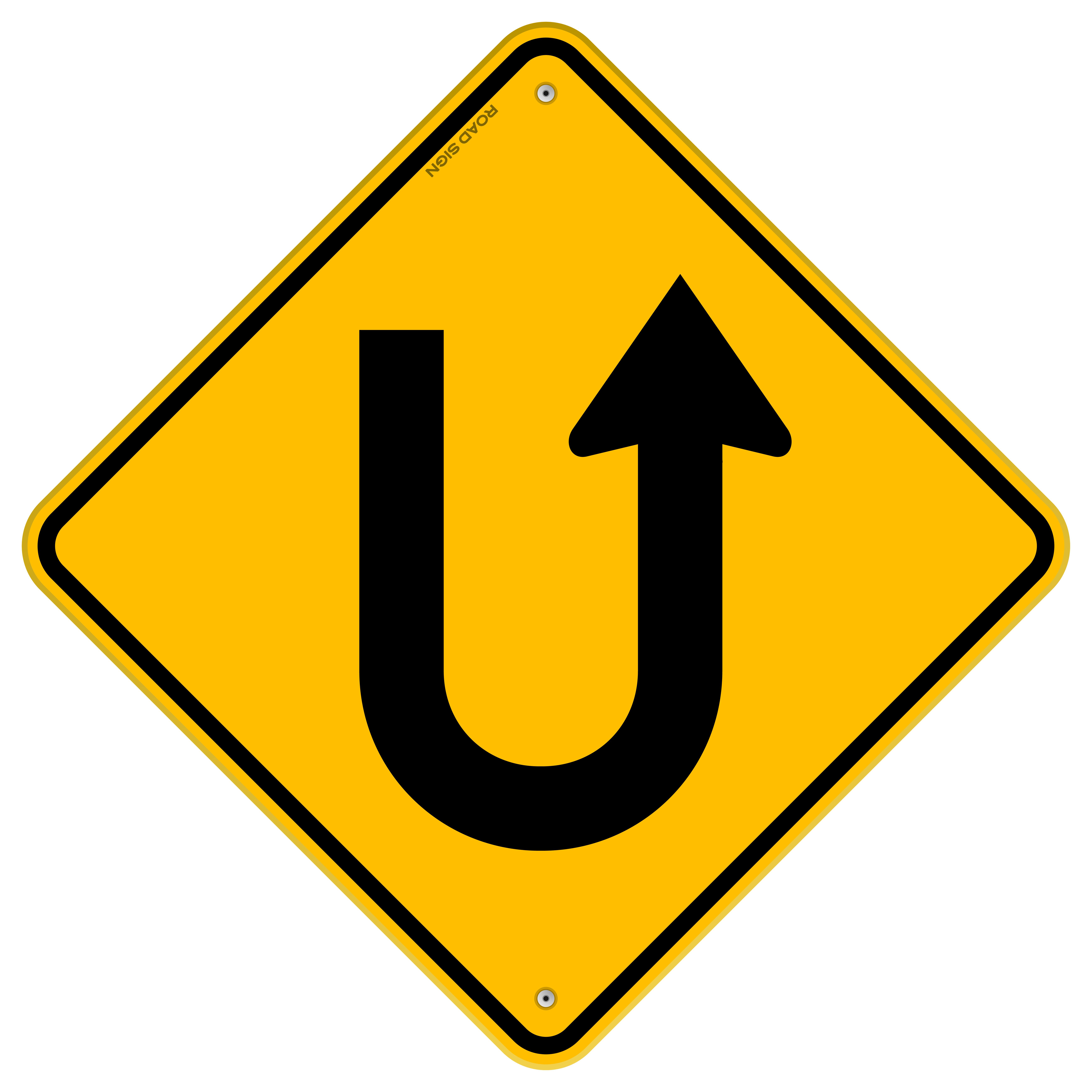
Lately I have been in a
wonderful Bible study on the book of Esther. What an incredible story
of how God is able to reverse our destiny!! God is able to bring about a
point of peripety in our lives to change our destiny. Peripety is a
literary term that means "a sudden turn of events that reverses the
expected or intended outcome". It is the hinge on which the reversal of
an expected destiny turns. For Esther, it appeared that her destiny
was to be a poor, orphaned, Jewish girl in a foreign culture but instead
she became the queen to the king of an awesome Persian empire. Then it
appeared that Esther and all her Jewish people were going to be
murdered because of Haman's hatred for them (Haman was the king's 'right
hand man'). But in one quick turn of events God swept Haman away and
protected not only Esther and her cousin Mordecai but all the Jewish
people. I realize this is a very brief summary of an amazing story but
here is the main thought that has been rolling around in my head: God
can take my mourning and grieving and turn it into joy-it takes time and
a submissive spirit before the Lord.
If you are
discouraged with the appearance of your body or with your inability to
change your weight/appearance I want you to take heart! You probably
fear that you are destined to always be overweight or unattractive or
underweight or ____________(you put in the concern). God is able to
take your frustration and discouragement and turn it into joy! I must
confess, I would be very joyful if God suddenly removed my own struggles
with my weight overnight but God has such bigger gifts to give me. My
struggles on this earth can become "gifts" that God uses to draw me
closer to Him and to make me more like Him. Seek God with all your
heart, rest before Him and trust Him even in the area of your weight
struggles. You may think that your destiny is to always be overweight,
ugly, underweight, unattractive but God has much, much greater plans for
you! Ask the Lord to take your mourning and grieving in this area, or
any area in your life, and turn it into joy. Your destiny as a
Christian has already been changed because of Christ's death on the
cross. If God can give us life then I know He can bring wonderful
things out of our struggles each day. You are already destined to be
seated at the right hand of Christ in Glory! Be not discouraged this
day with your appearance, instead, ask God to turn your shortcomings
into a tool that God can use for His glory! Look expectantly for your
point of peripety as you allow God complete control over your heart.
Love. More. Better.
Amy L. Stacy, MS, RD, CDE, CDN
Love. More. Better.
Amy L. Stacy, MS, RD, CDE, CDN











































